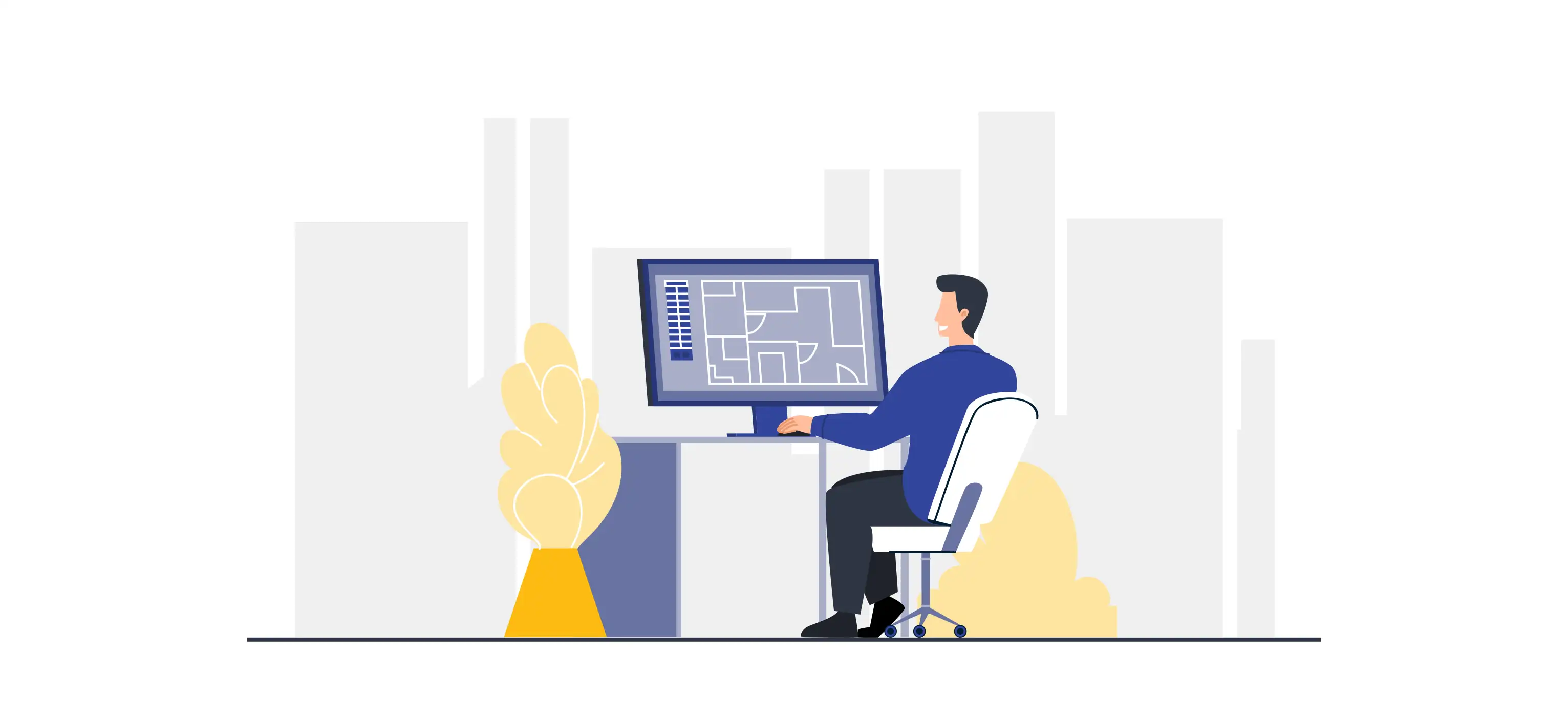 Ghanashyambhai Bhagvanbhai Vaghani
Jun 05, 2025
Ghanashyambhai Bhagvanbhai Vaghani
Jun 05, 2025

An interior designer’s salary in Qatar depends on several factors. These include the candidate’s level of experience, education, specialization, and even current employer. Those with expertise in sustainable design and luxury hospitality have a higher earning potential due to the nature of their work. Additionally, large multinational firms may offer more competitive compensation packages and benefits than smaller studios or freelance opportunities, which typically pay less.
As with most economies, the public sector tends to be more stable and offers greater job security along with numerous benefits. On the other hand, the private sector enables faster advancement and variety in projects. The steady growth in construction and real estate in Qatar presents new opportunities for various businesses, creating higher demand for interior designers. This aligns with developing market trends, making interior design an efficient career choice in the region.
Just getting started with interior designing? Check out the benefits of pursuing an interior design course.
Currently, the average yearly income for an interior designer in Doha is approximately 172,200 QAR and is likely to grow in 2025. However, the actual salary is still dependent on factors such as the company an individual works for, their skill level, and experience. Here’s a breakdown of interior designer salary ranges in Doha:
Most of the time, these salaries come with additional benefits like housing and transport, which are customary parts of compensation packages in Qatar.
Experience makes a huge difference in determining an interior designer’s salary in Qatar. As designers get more skilled and move over to specialized projects, it is common for their salaries to increase greatly. The following outlines how remuneration is structured based on different levels of experience:
The Qatar interior designer’s salary model indicates a well-defined incremental approach to payment, demonstrating the importance placed on professional advancement.
Education significantly influences salary growth for interior designers in Qatar. Higher qualifications typically open doors to better-paying roles and greater career opportunities. Here’s how different education levels impact earnings:
One of the common questions for interior designers in Qatar is whether the public or private sector offers better pay. Here’s how they compare:
Your choice depends on whether you value stability or career growth and varied project experience.
Bonuses and annual raises play a vital role in enhancing an interior designer’s overall compensation. Beyond the base salary, these additional earnings reward performance, company success, and career progression, contributing to steady income growth. Here’s what you can expect in terms of bonuses and salary increment
Interior design salaries grow steadily, reflecting healthy industry trends.
Having a complete understanding of the income potential of interior designers in Qatar requires an analysis of their area of specialization, employing organization, technical skills, level of experience, and prevailing market conditions, which comprehensively control compensation levels in the marketplace. Below are the factors that affect salaries the most:
Qatar’s construction boom and design-driven economy show no signs of slowing down. Coupled with steady salary growth and abundant opportunities across both public and private sectors, interior design has emerged as a highly attractive career path in 2025. For entry-level positions and those looking to switch careers, obtaining relevant qualifications and technical skills can greatly enhance earning potential. For those fascinated with the merger of creativity, technology, and job security, enrolling in an interior design certification course can be the first step toward a prosperous career in the ever-evolving interior design industry.

Graphic & 3D Visualization Trainer
Ghanashyambhai Bhagvanbhai Vaghani is a Graphic & 3D Visualization Trainer with over 15 years of training experience. His expertise spans multiple disciplines, including interior design, graphic design, 3Ds Max and UI/UX development. Ghanashyambhai is an Adobe Creative Suite Specialist with expertise in Photoshop, Illustrator, InDesign, Premiere Pro, After Effects, and Blender. He is also a highly sought-after corporate trainer with exceptional skills in digital content creation and architectural visualization. During his career, he has guided over 5,000 students through professional design education.
He holds a Diploma in Animation and Visual Effects from Frameboxx India and has served as faculty at prestigious institutions, including IIFT and IDT India. His experience with E Train India has further refined his ability to deliver effective technical training. Ghanashyambhai employs a practical, project-based teaching methodology. His approach combines technical training with real-world applications.